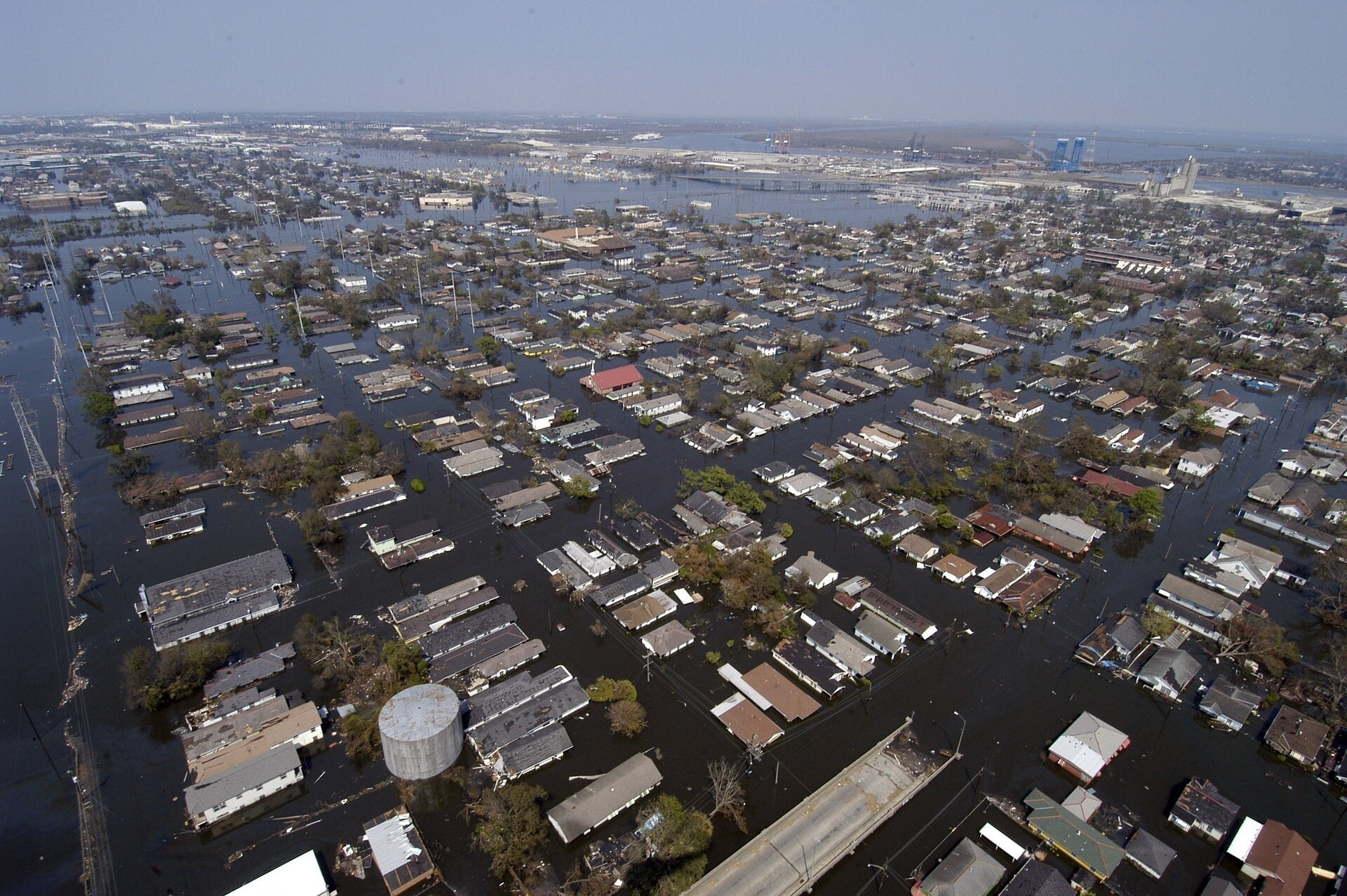How can we improve drought forecasting?

Drought forecasting isn’t just about water – we need health and financial data, too. Image: REUTERS/Tiksa Negeri

Get involved with our crowdsourced digital platform to deliver impact at scale
Stay up to date:
Global Risks
The Millennium Drought taught Australians many lessons about living under extremely dry conditions – not just about how to conserve water, but also about human suffering.
In a drought, farmers find it more difficult to make an income, leading to mental health problems and raising the rate of male suicides. In the city, the impact is felt through water restrictions and more expensive infrastructure.
With very dry conditions returning to Tasmania, central Queensland and western Victoria, are we better prepared for the next big drought?
This is an issue not just for Australia, but across the world, from California, to England, to the Levant region in the eastern Mediterranean, which from 1998-2012 experienced its worst drought in 900 years.
Drought is a common threat, but there is a problem with how this threat is measured. Traditionally, droughts are judged by rainfall (or how long it has been absent), water storage levels and soil moisture.
But none of these physical measures actually describes the impacts on people and society. A dry period may not feel like a drought at all if there are no impacts on the environment, economy or people. Conversely, droughts that are relatively modest in physical terms can be devastating if they strike where people are already vulnerable.
If we can make our forecasting smarter, our efforts can be targeted to places where the biggest impacts are expected to be felt.
At a recent workshop in Adelaide, part of a wider international collaboration to improve drought forecasting, we and our colleagues came up with some suggestions to improve the situation.
Better monitoring and forecasting
The basic problem is that drought measurement and forecasting is traditionally the domain of meteorologists and hydrologists, who do not consider (or are distant from) the real impacts of drought on people and the environment.
What’s more, longer-term weather forecasts, such as the Bureau of Meteorology’s three-month seasonal outlooks, are made separately from drought monitoring. Our workshop called for the seasonal weather outlooks to be integrated with monitoring to estimate the likelihood of changes in drought conditions in the short term.
Seasonal forecasts and drought monitoring alone are insufficient for two reasons.
Firstly, the seasonal forecasts are relatively coarse. To remedy this in Australia, the federal government’s Agricultural Competitiveness White Paper has pledged money to the Bureau of Meteorology to upgrade its supercomputer to one that is 16 times faster. This will allow it to improve its forecasting resolution, from 250 km to 60 km, and to update its forecasts on a weekly rather than monthly basis.
Forecasting improvements will be useful, but the second issue is that droughts develop gradually. They may not be noticed until there are significant impacts to society or the economy. By this time it may be too late to take proactive steps to minimise the damage.
At our workshop, we concluded that drought is always socially mediated and therefore forecasting systems should consider the potential societal impacts of drought, as well as the physical ones. Monitoring and forecasting systems need to include estimates of the impact on agriculture, economy, society and the environment to forecast where the drought will really bite.
This could involve using real-time data in rural areas on farms' financial stress, or problems with mental health and injuries. This would send early signals about the onset of droughts.
New technologies such as citizen science smartphone apps and social media could be used to capture this information. The privacy concerns about sharing this sensitive data could be overcome with secure data management protocols and agglomeration of individual information.
Changes in market behaviour and prices, especially of water and property, would also be early signals of drought onset. In natural ecosystems such as rivers and wetlands, water quality and ecological monitoring information should be collected to signal changing ecological conditions resulting from early drought conditions.
The same information could also be used to help forecast the end of drought. This is critical for recovery from impacts.
All of this will require better communication and co-ordination between those who forecast drought (such as the Bureau of Meteorology) and those who deal with impacts (the Departments of Agriculture and Environment; urban water suppliers; the mental health sector).
A new community of practice for drought is needed to integrate models, data and knowledge on the complex interactions between climate, soil, water, ecosystems and society so we are better prepared for the next big dry.
Authors: Neville Crossman, Ian Overton, Jamie Hannaford, Kerstin Stahl, Kevin Collins, Mark Svoboda, Mike Acreman and Nicole Wall.
Don't miss any update on this topic
Create a free account and access your personalized content collection with our latest publications and analyses.
License and Republishing
World Economic Forum articles may be republished in accordance with the Creative Commons Attribution-NonCommercial-NoDerivatives 4.0 International Public License, and in accordance with our Terms of Use.
The views expressed in this article are those of the author alone and not the World Economic Forum.
Related topics:
The Agenda Weekly
A weekly update of the most important issues driving the global agenda
You can unsubscribe at any time using the link in our emails. For more details, review our privacy policy.
More on Global RisksSee all
Gareth Byatt and Ilan Kelman
March 11, 2024
Andrea Willige
March 6, 2024
Richard Aster
November 15, 2023
Ian Shine and Rebecca Geldard
November 14, 2023
Andrea Willige
October 26, 2023
Simon Torkington
September 14, 2023






